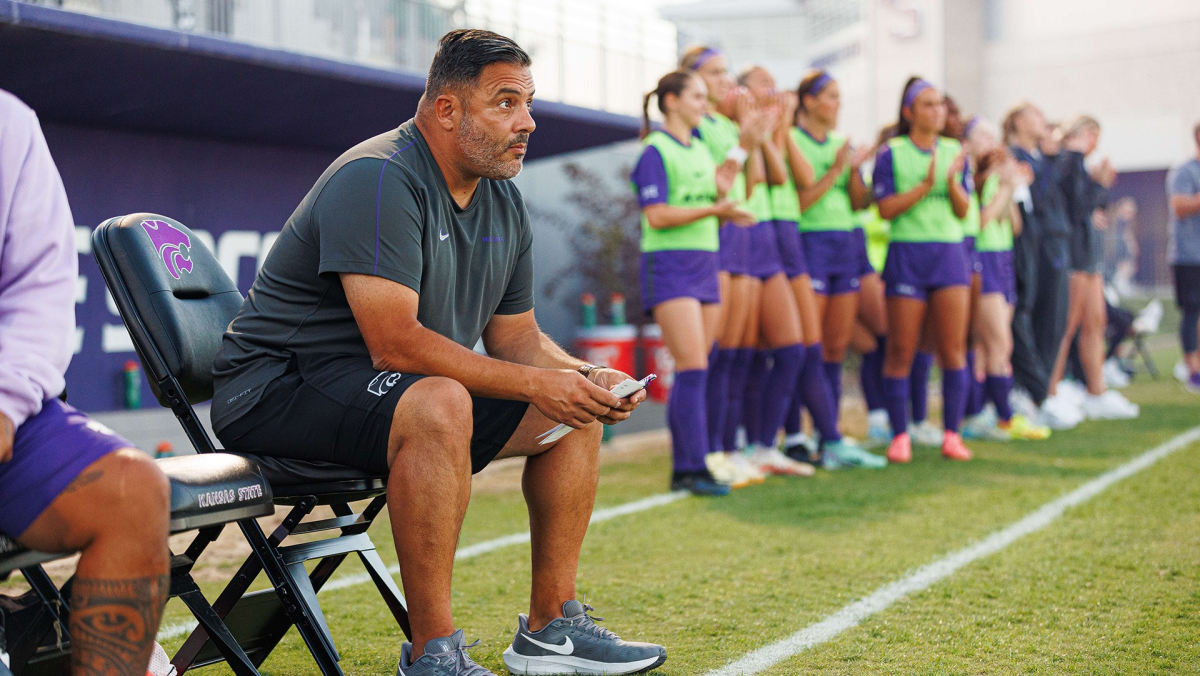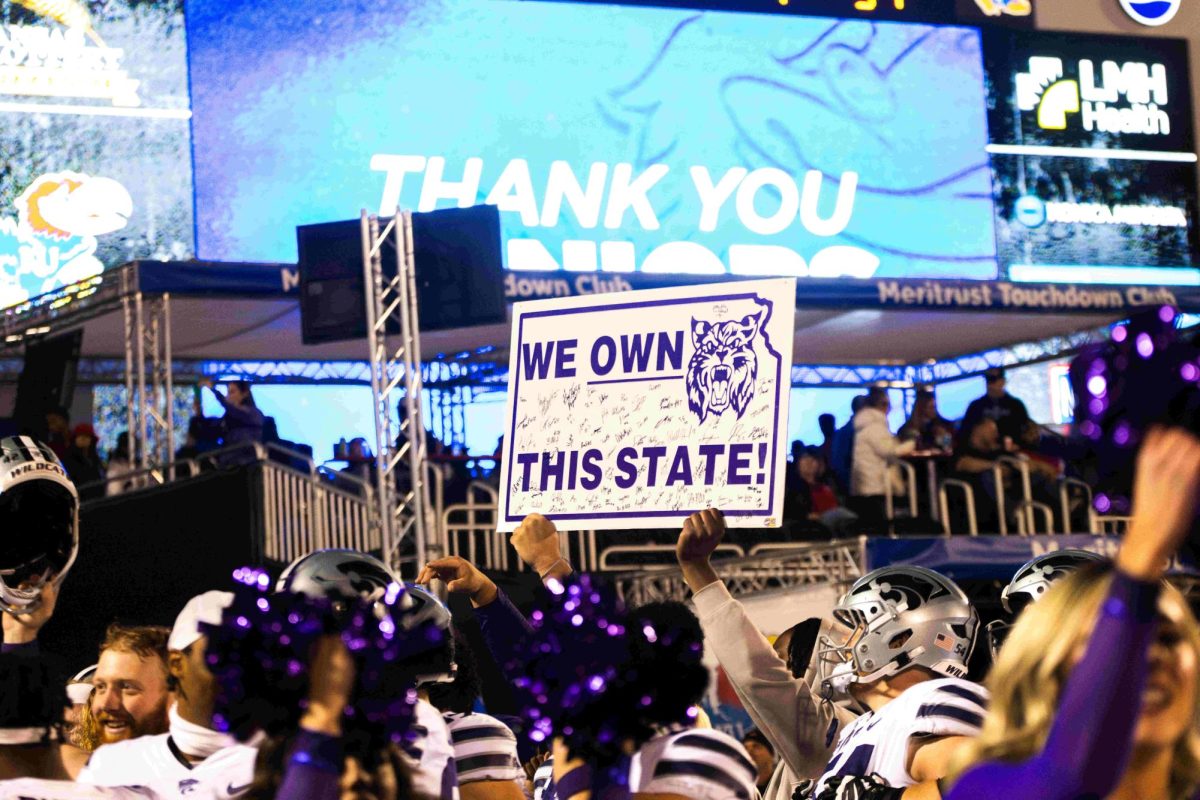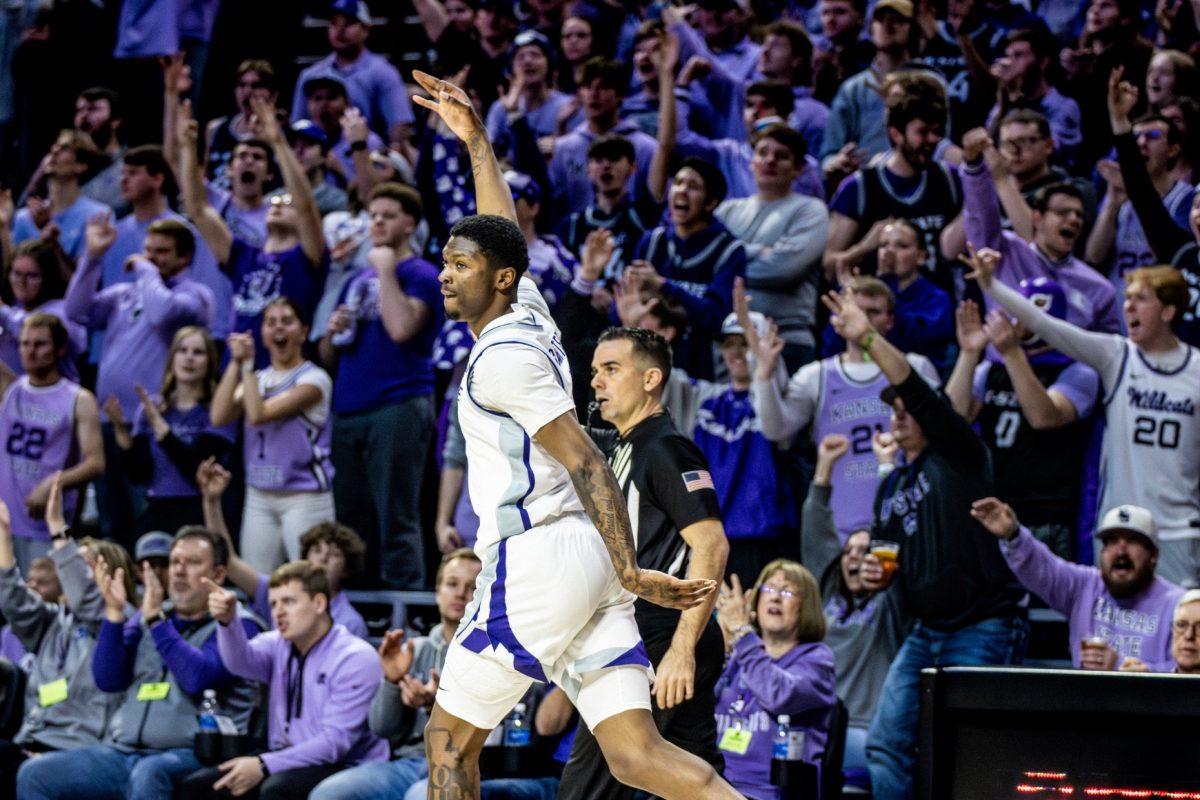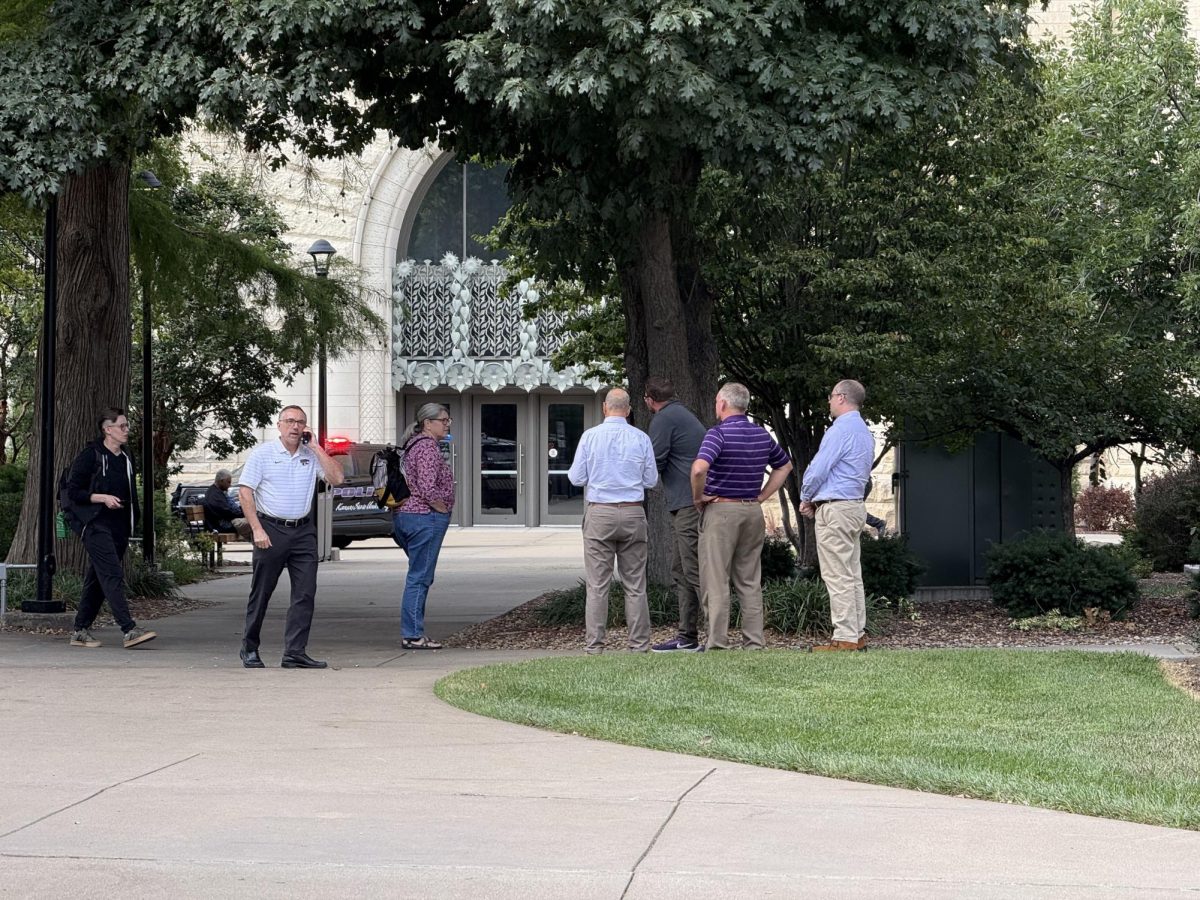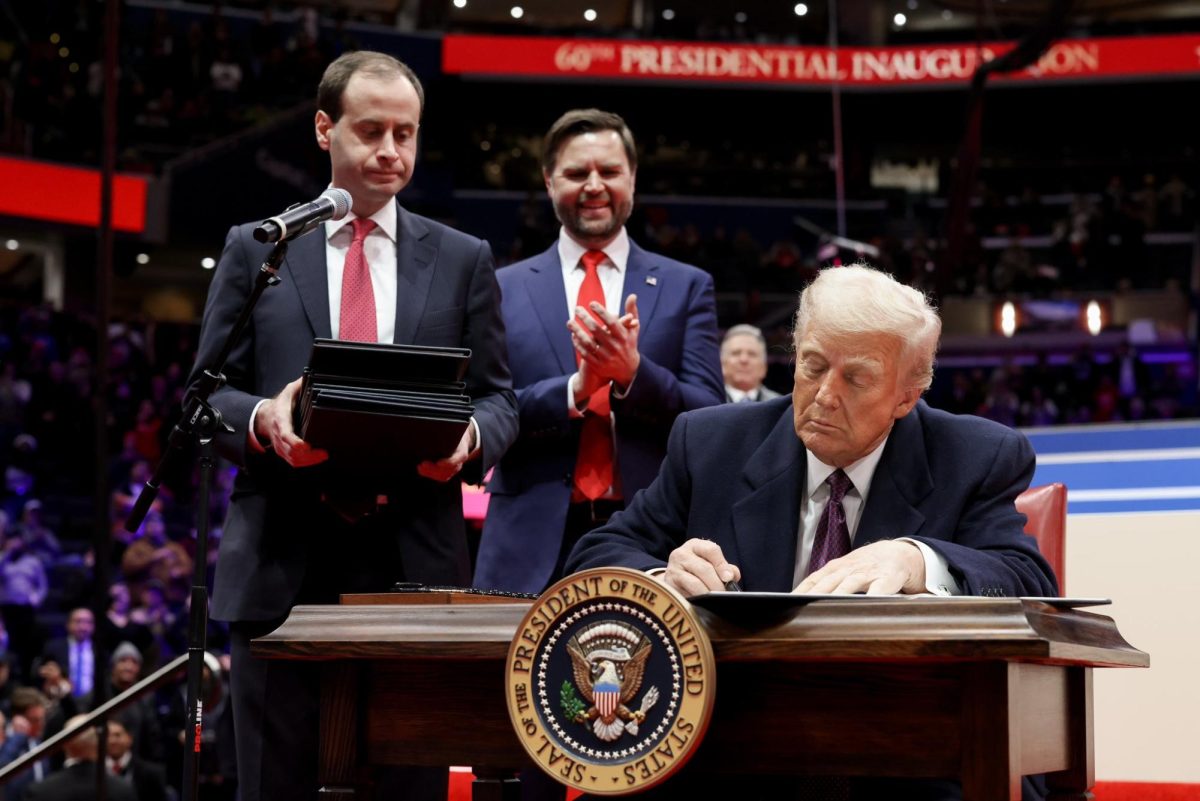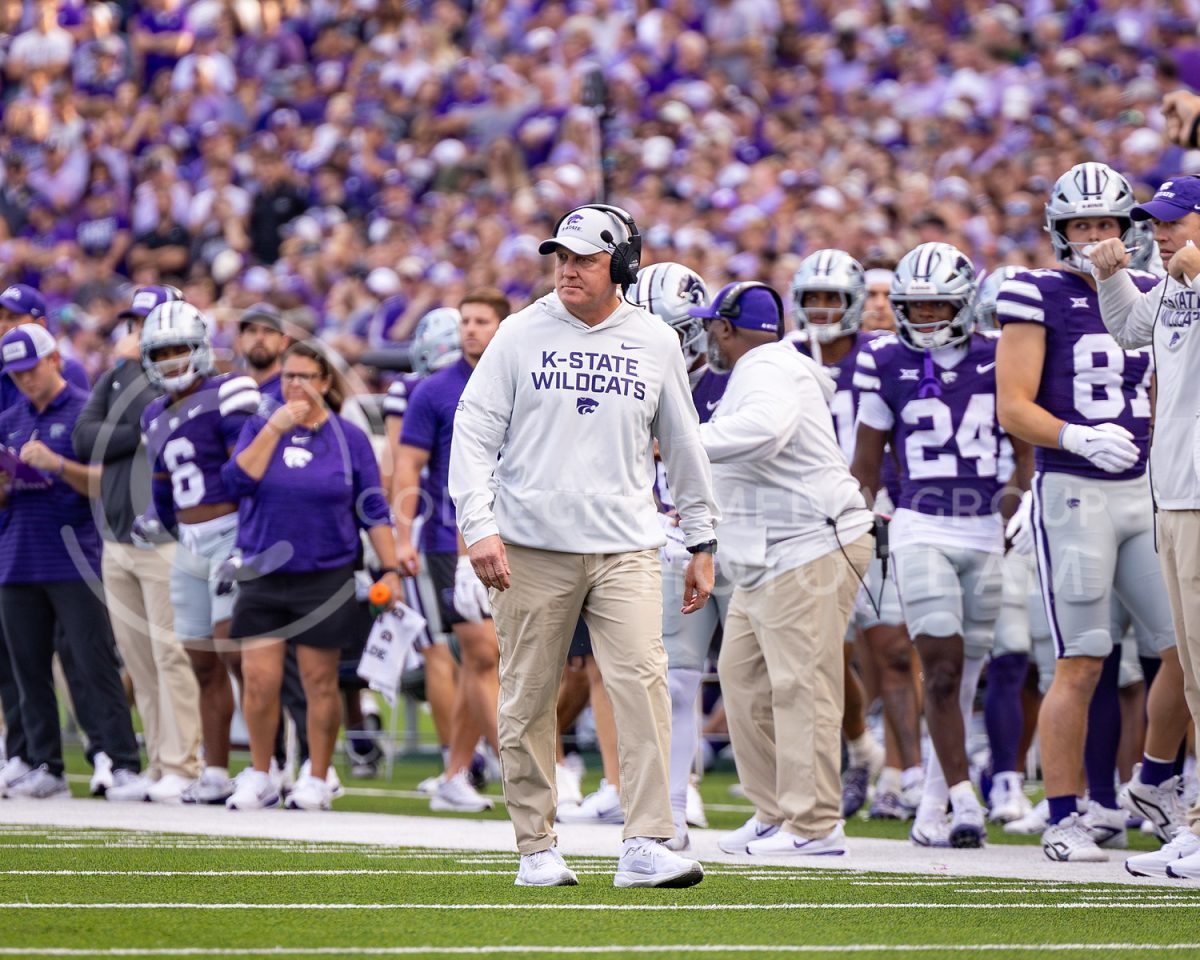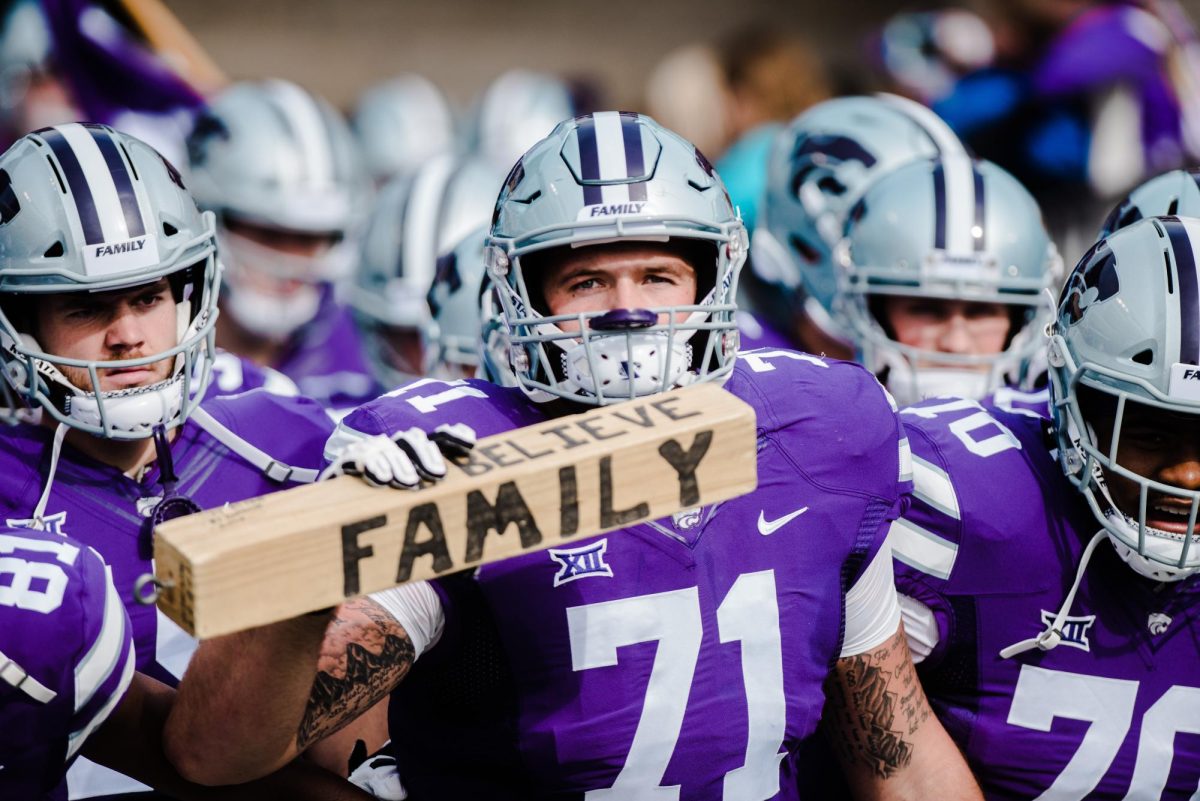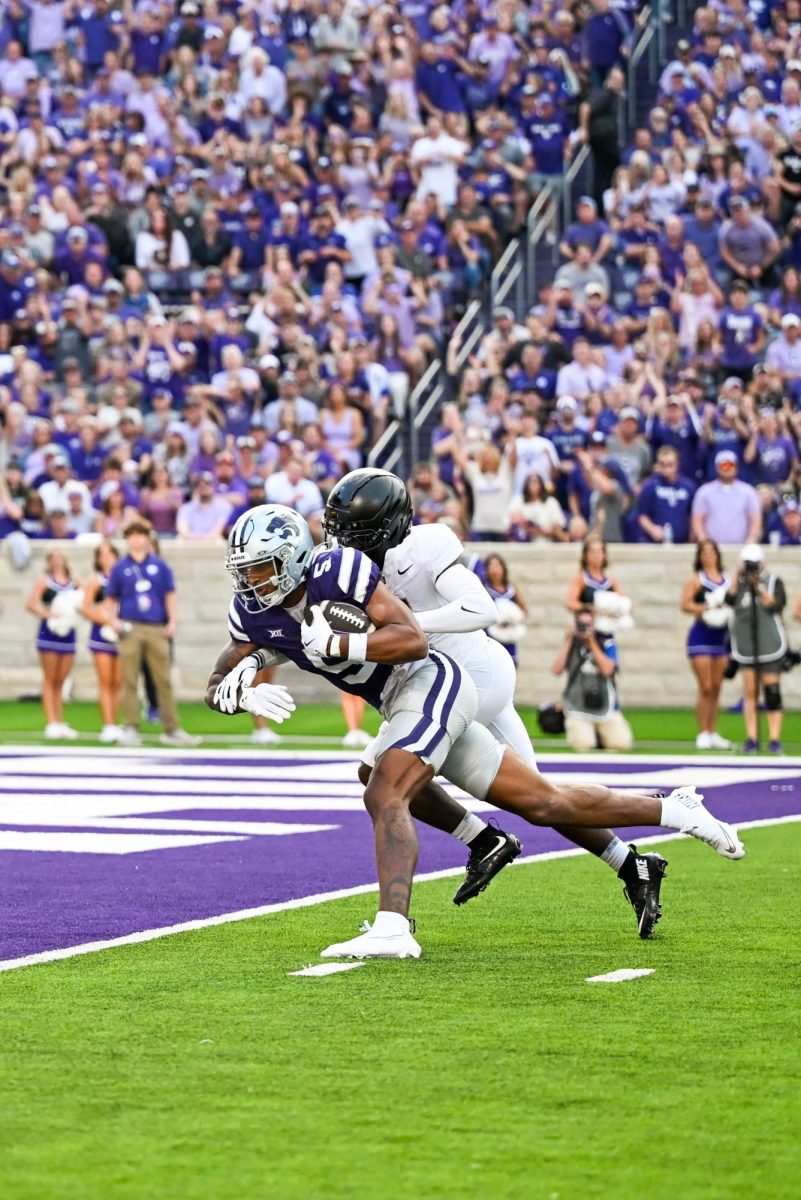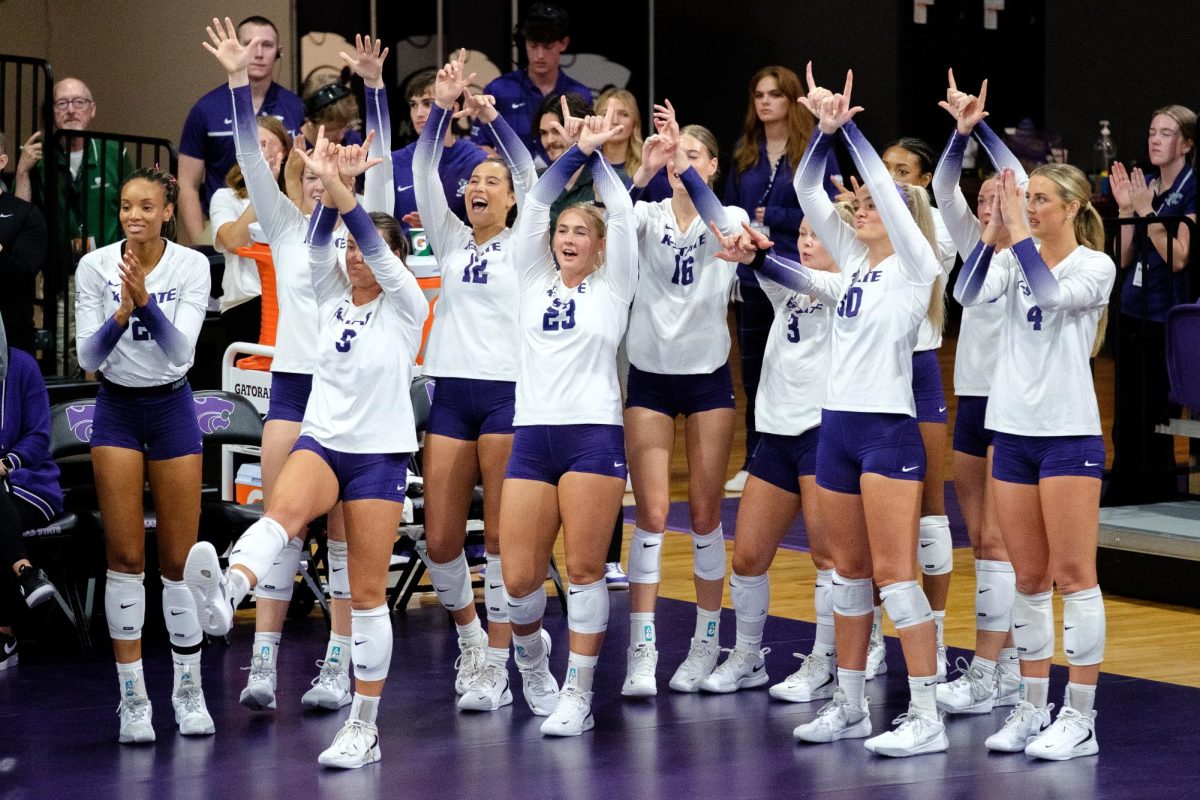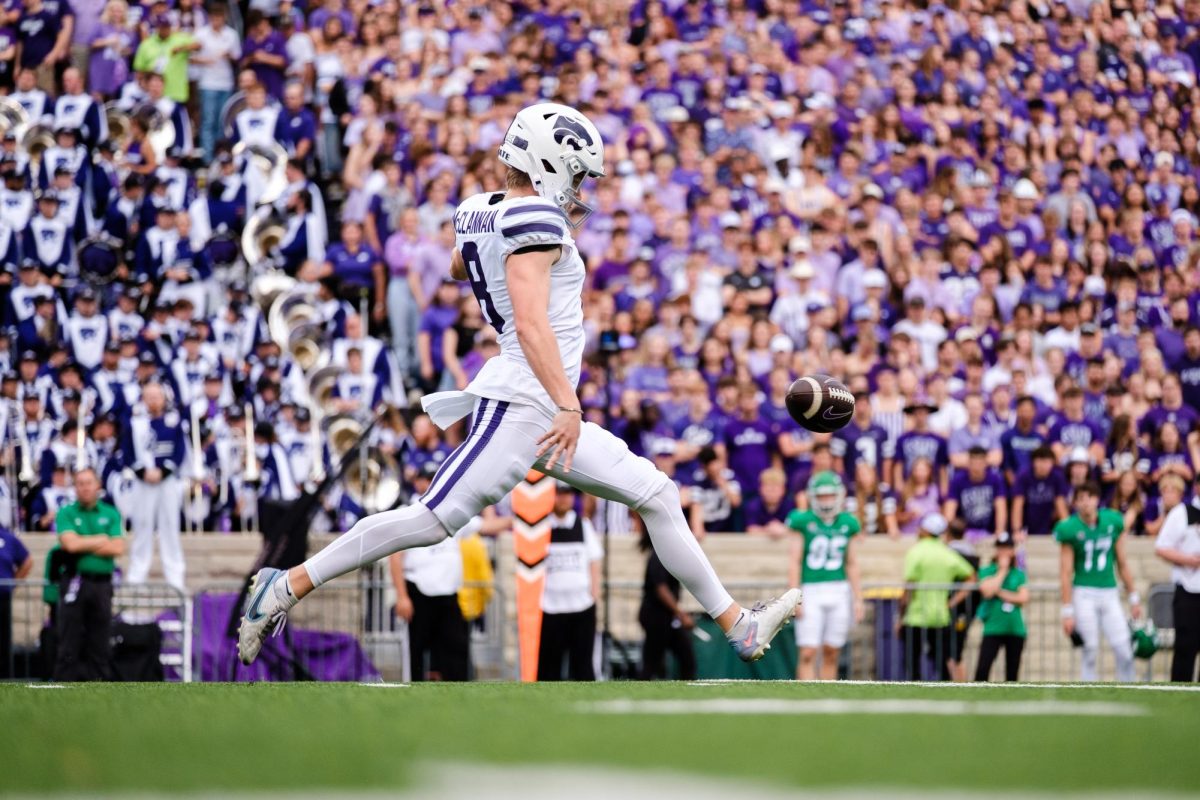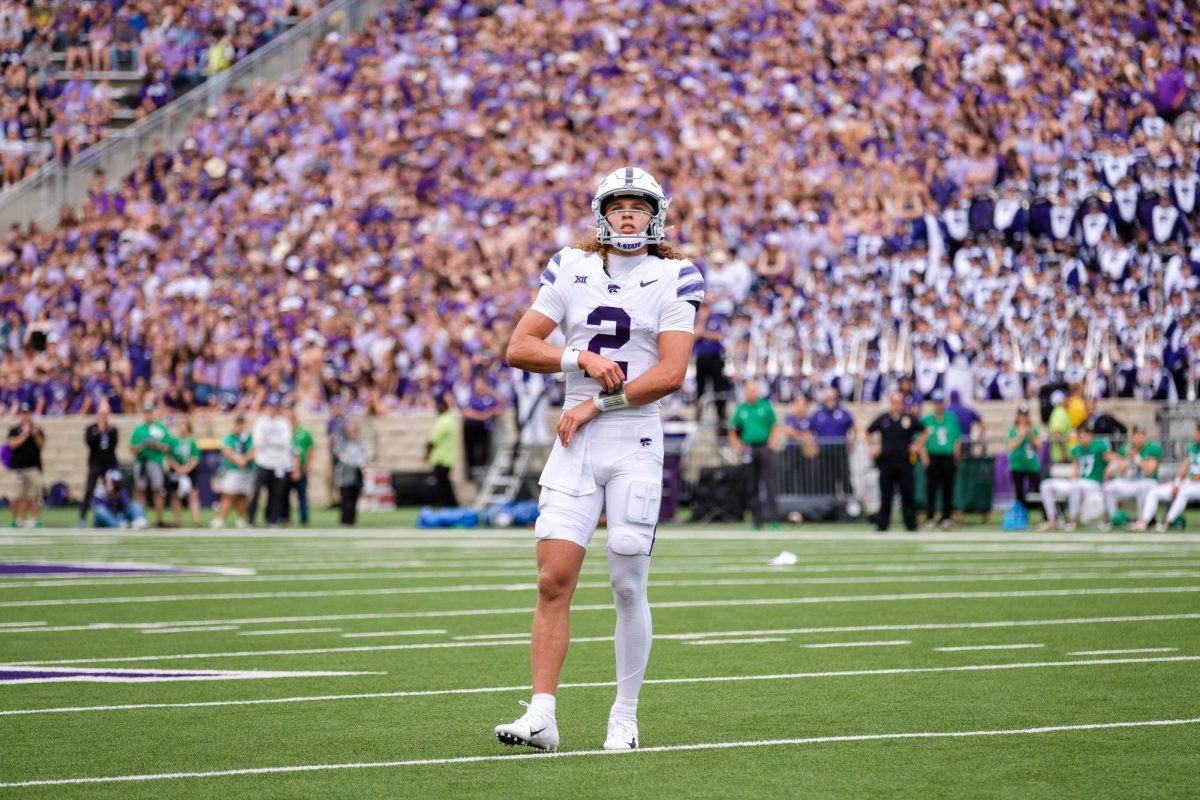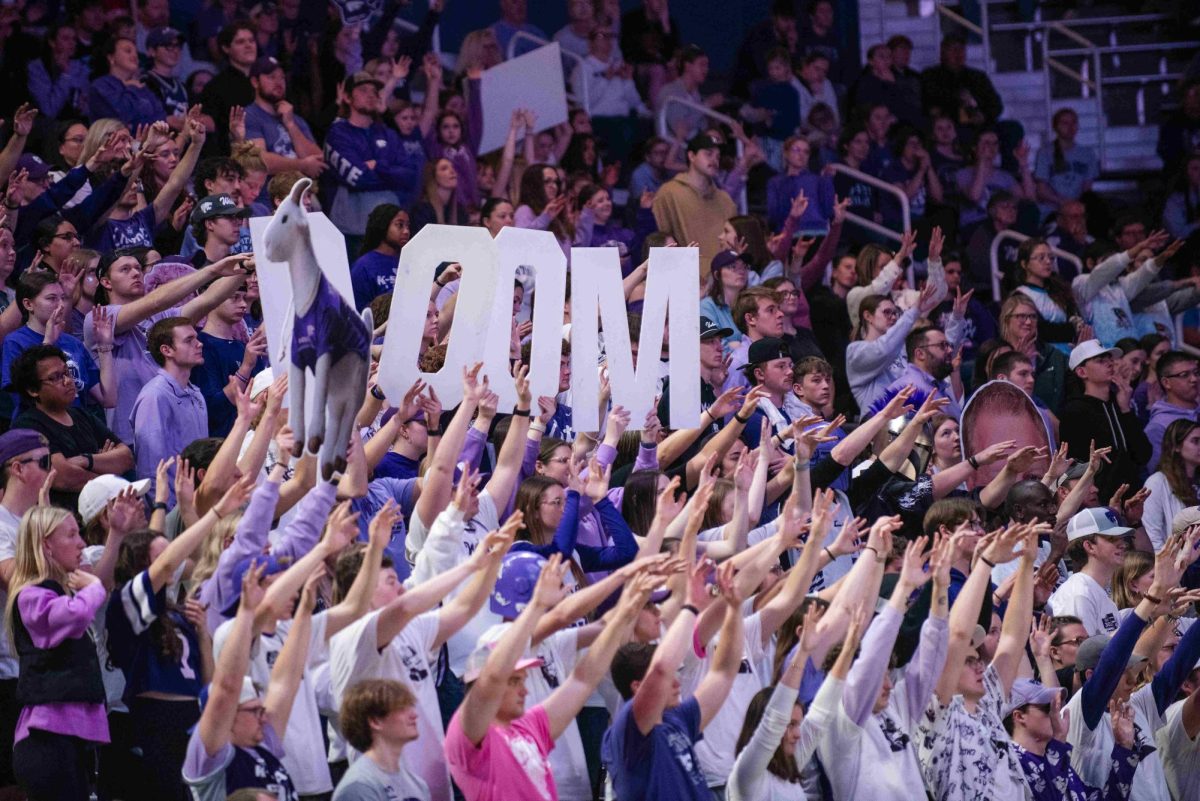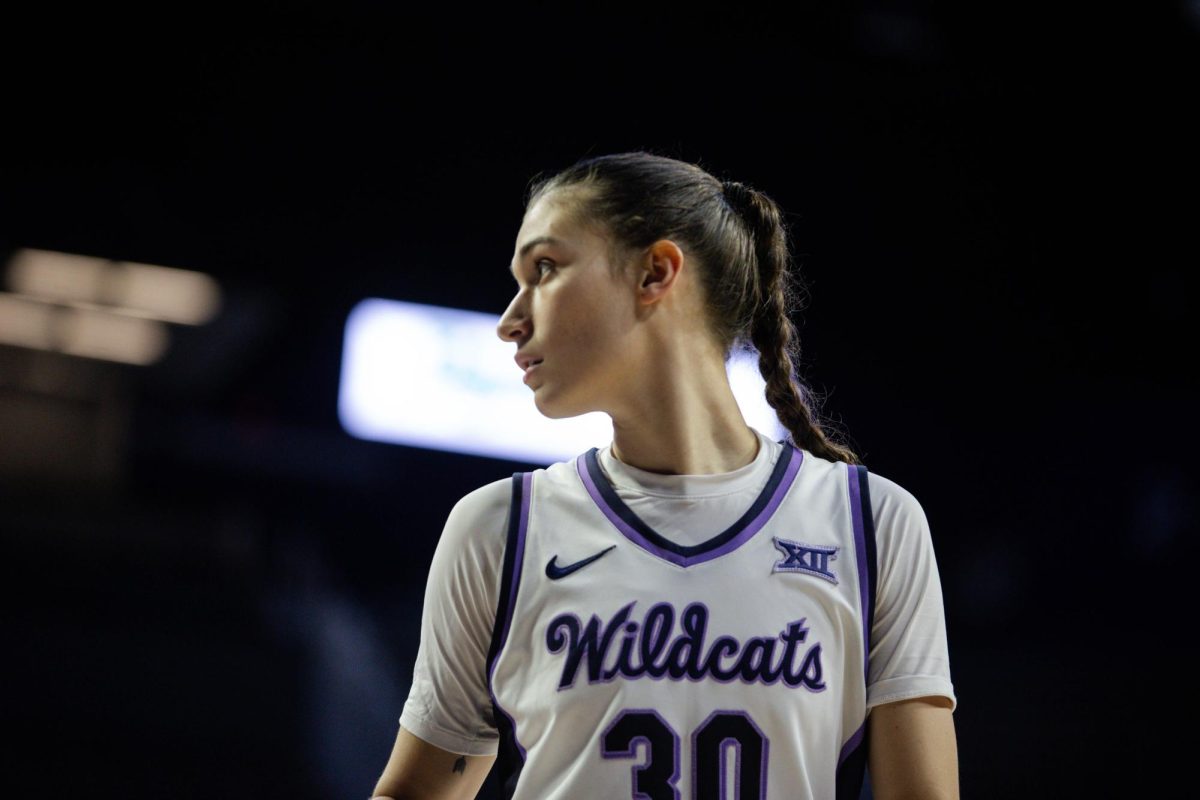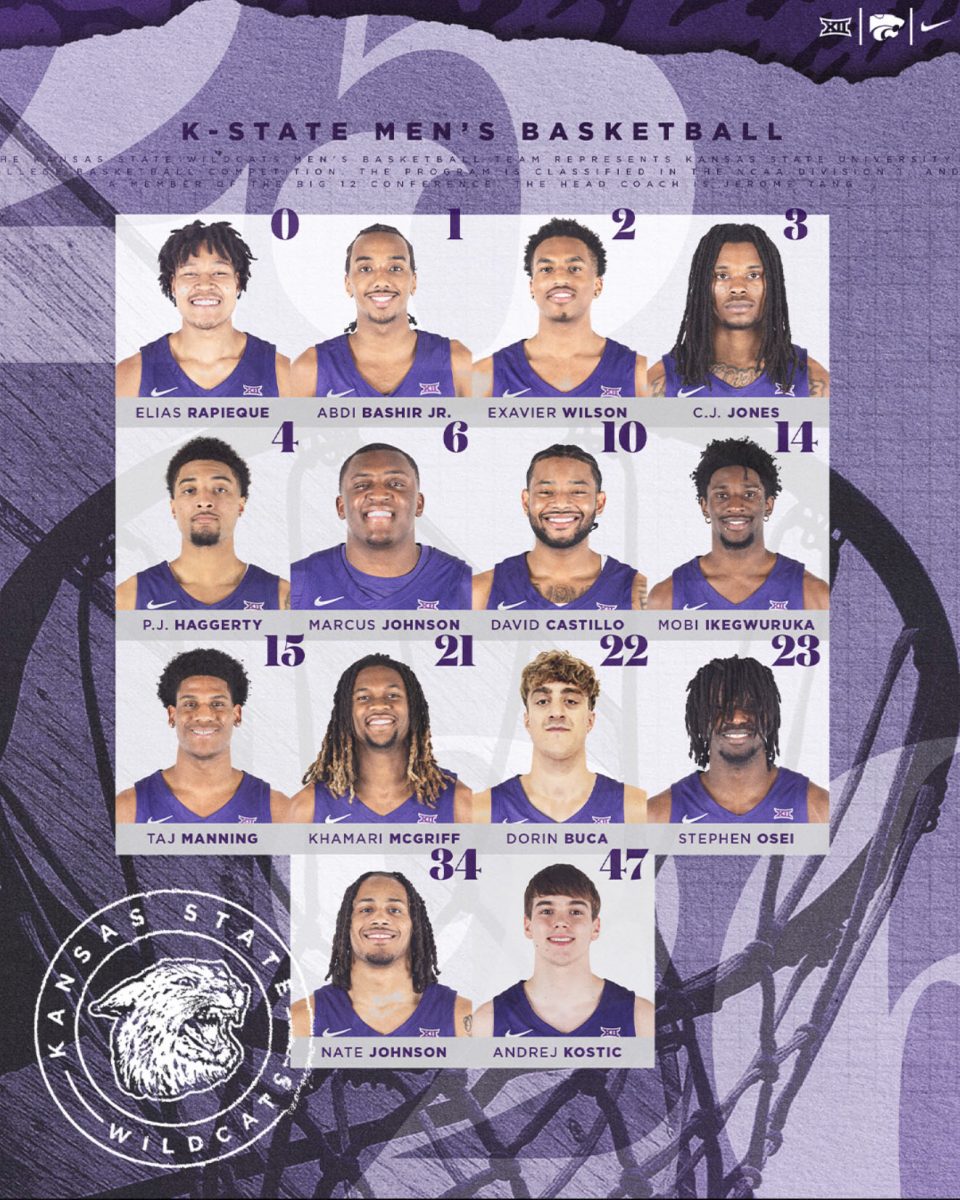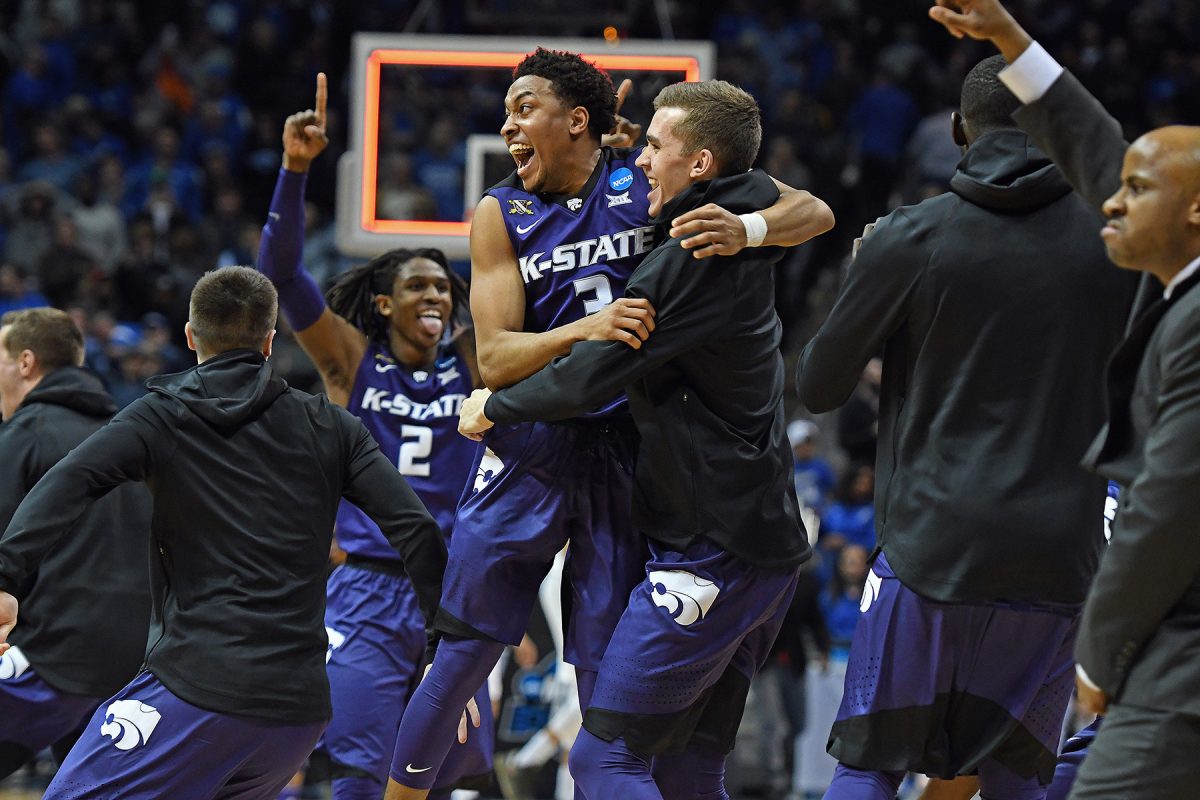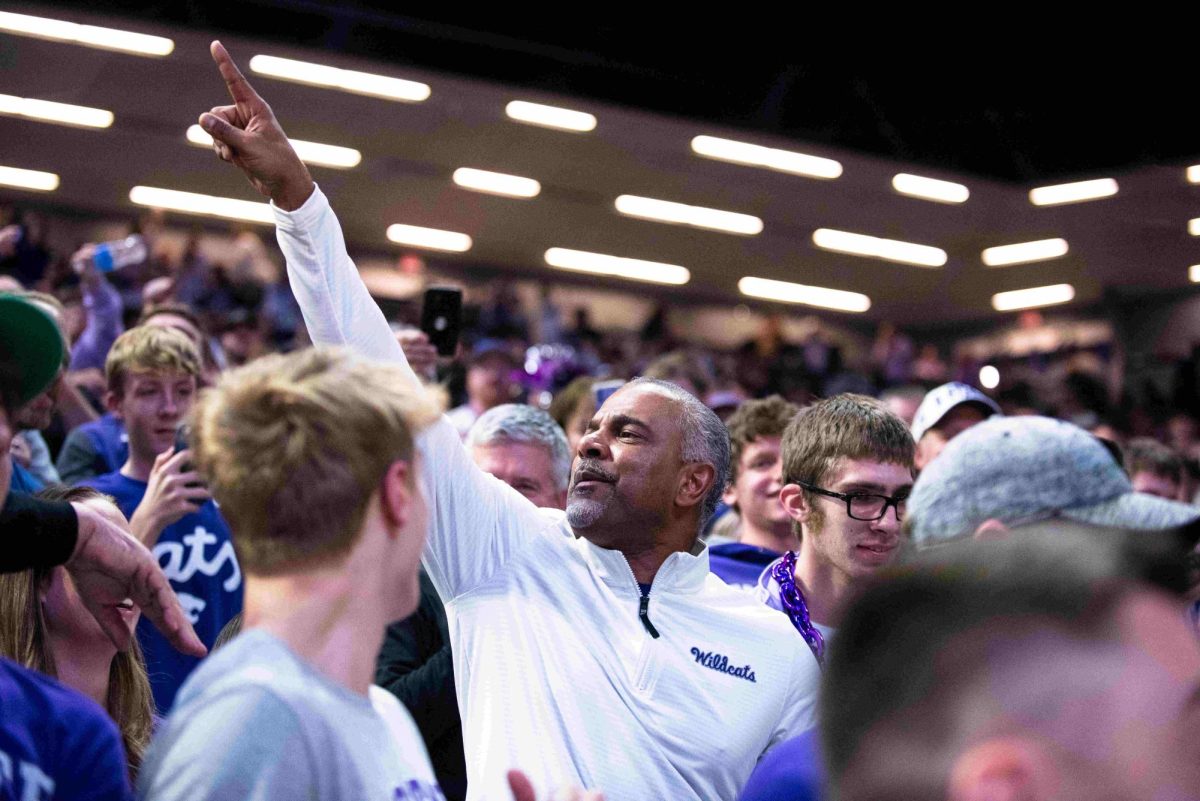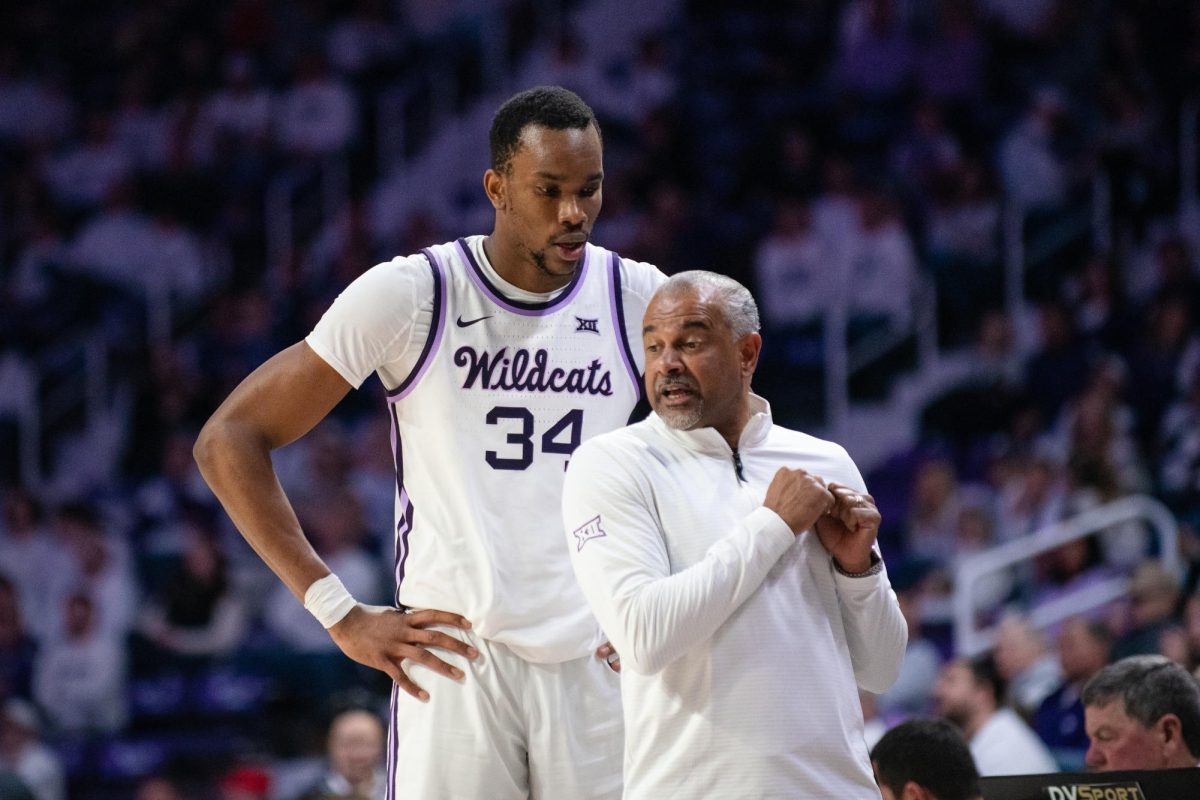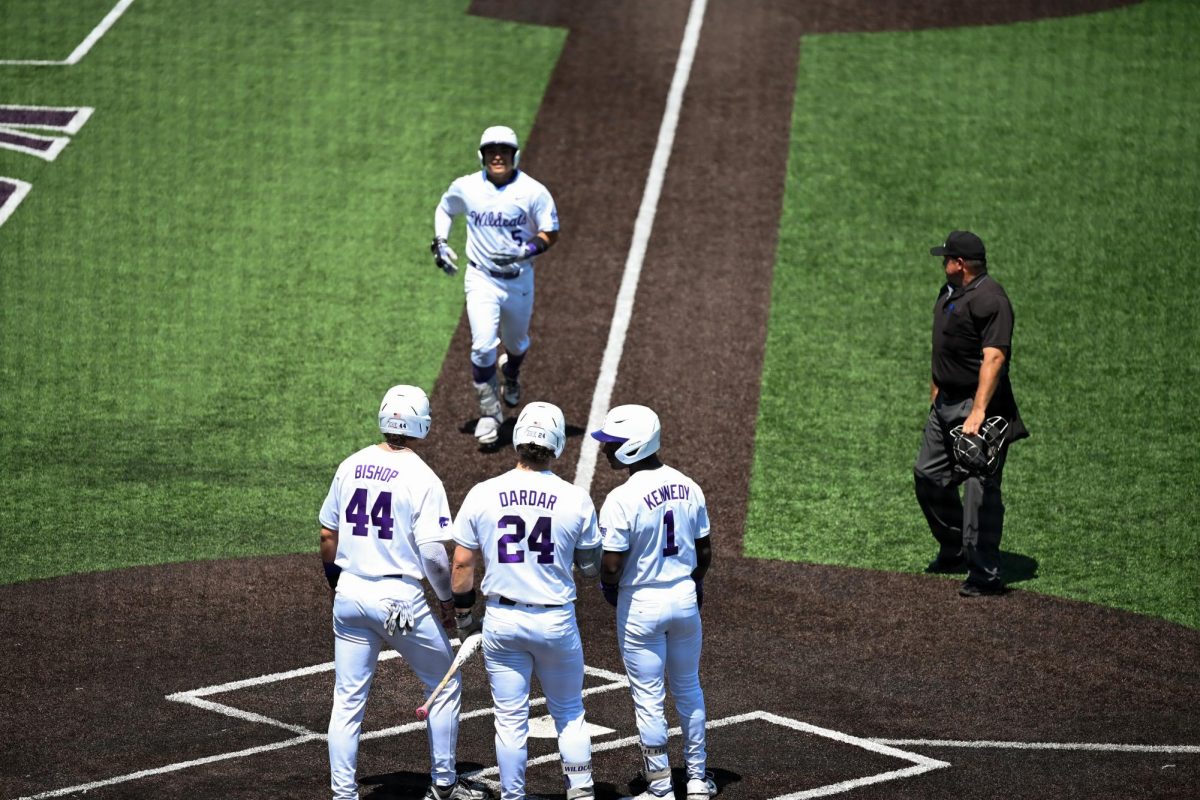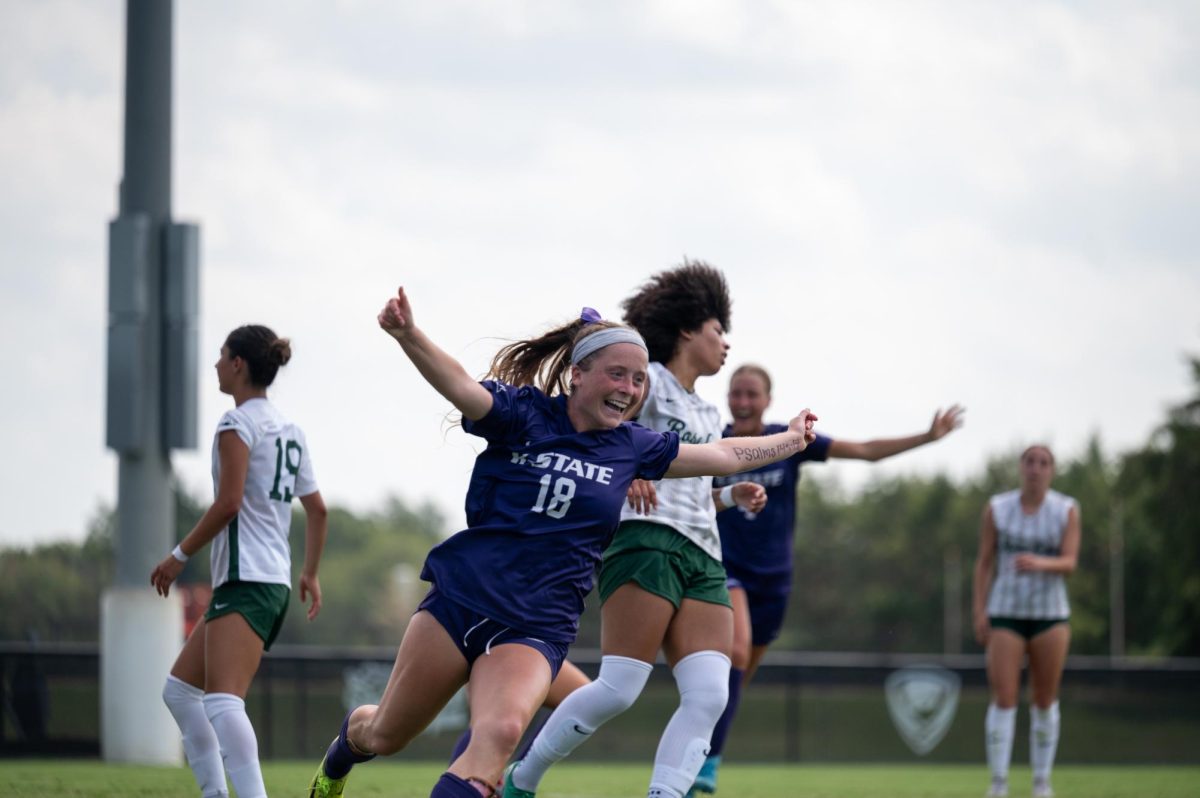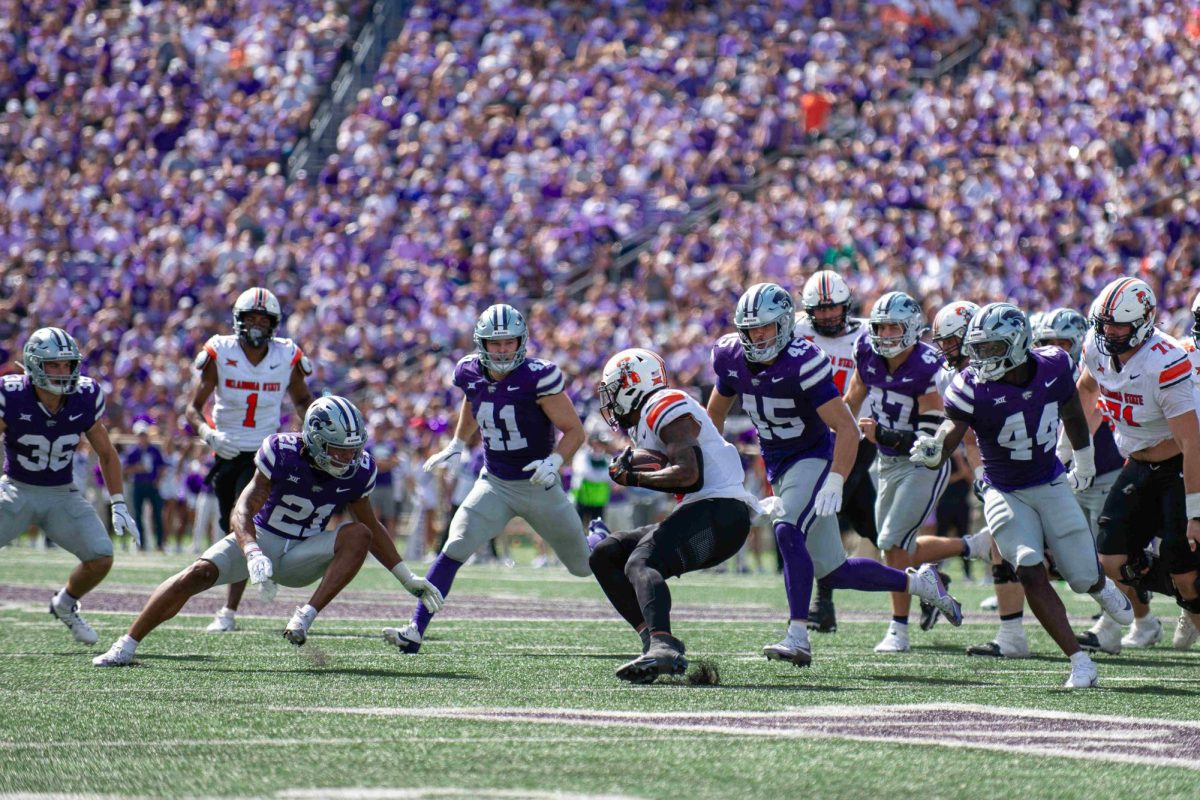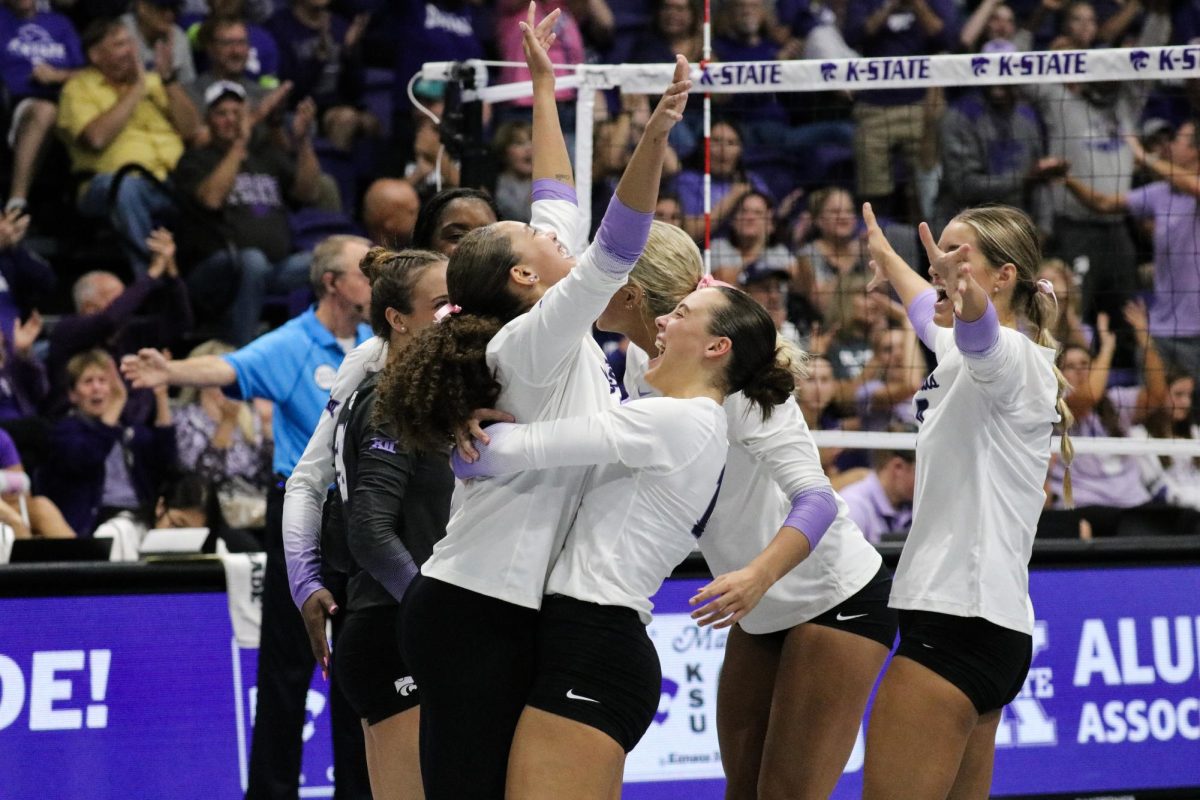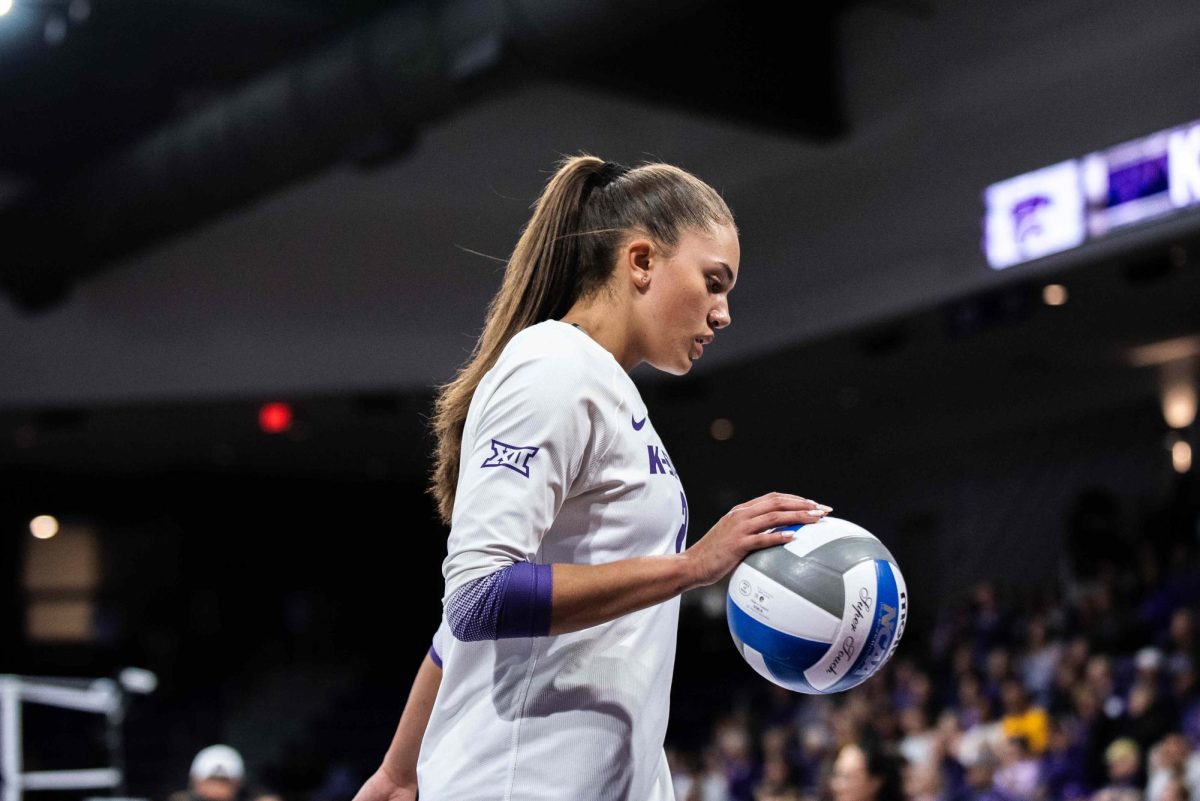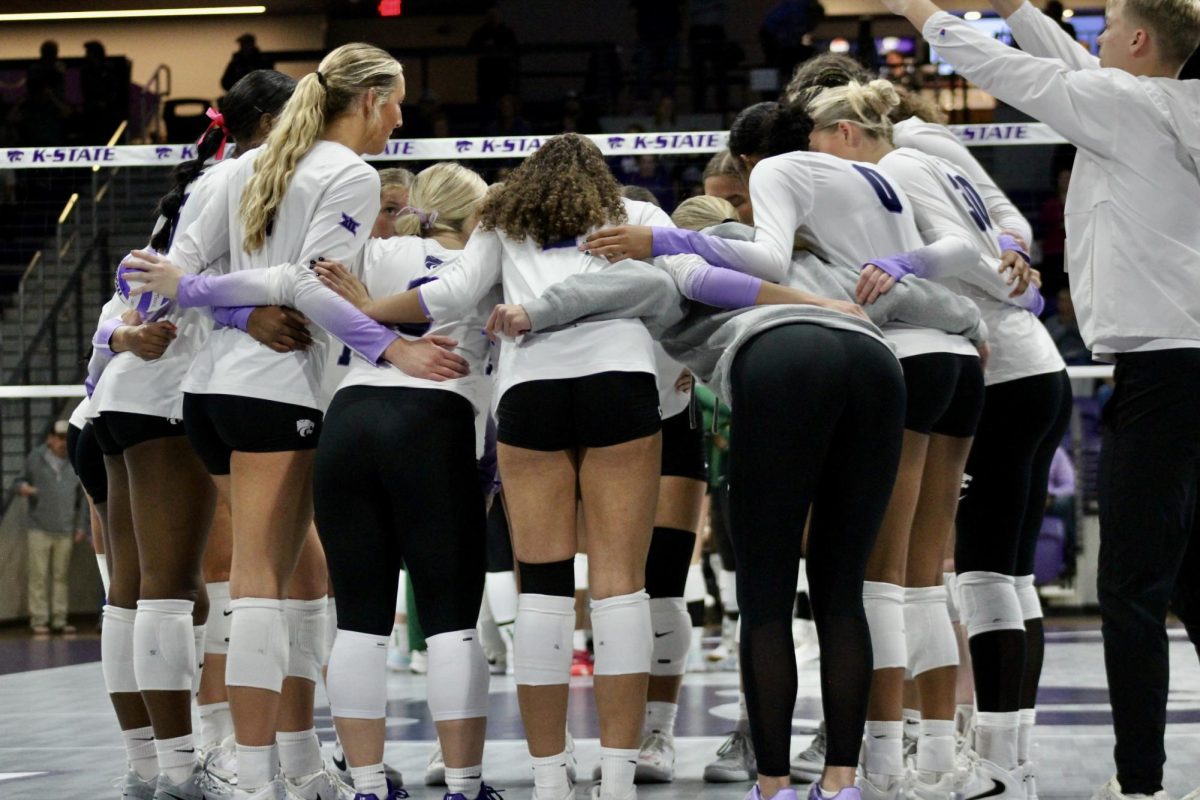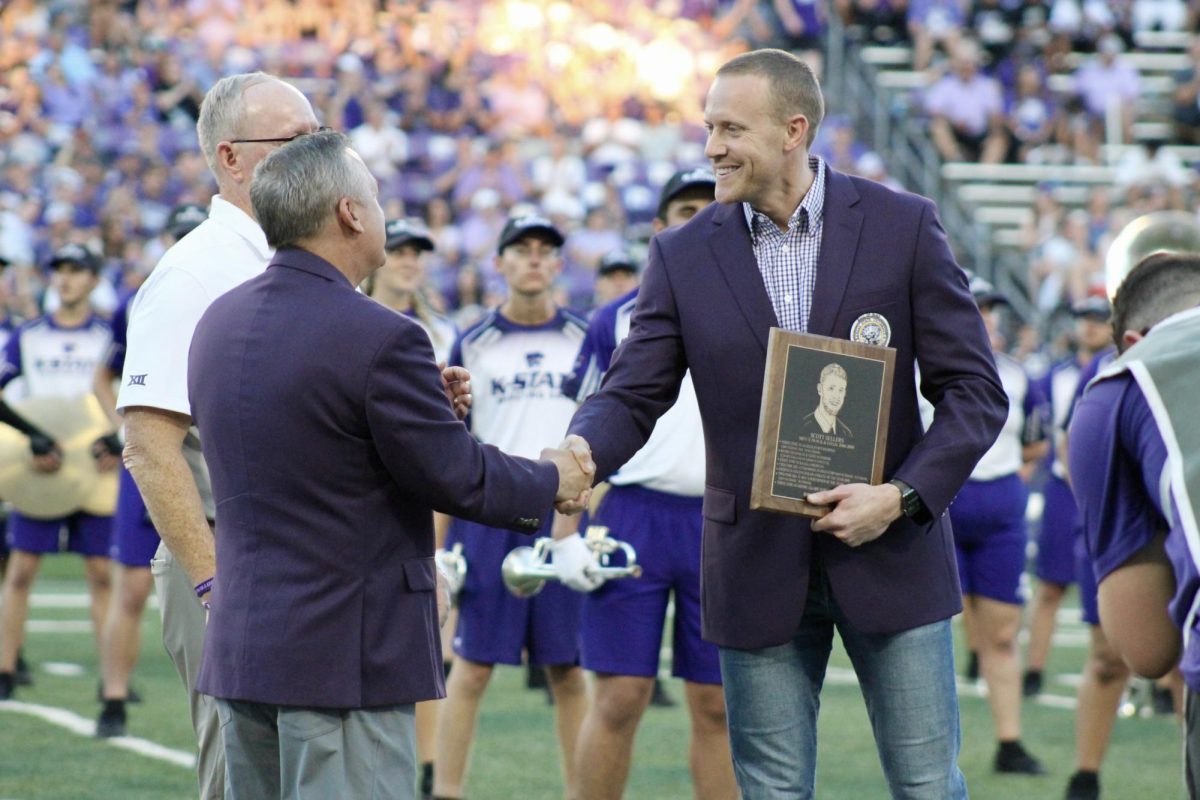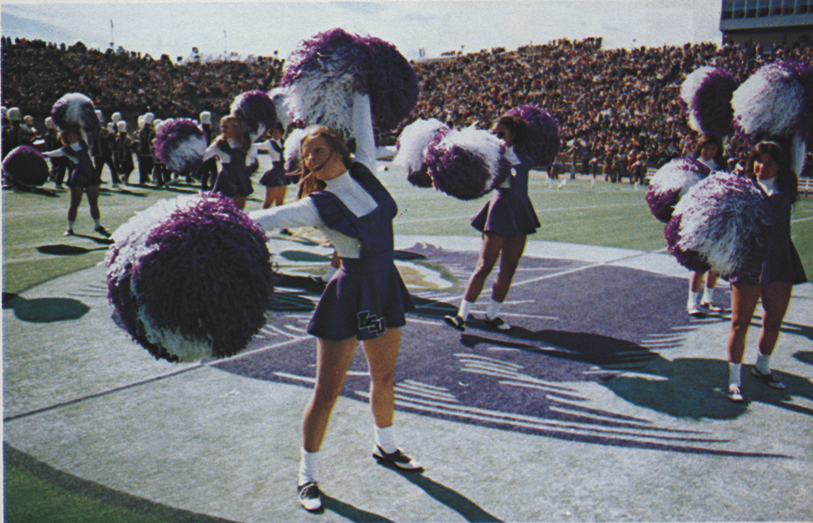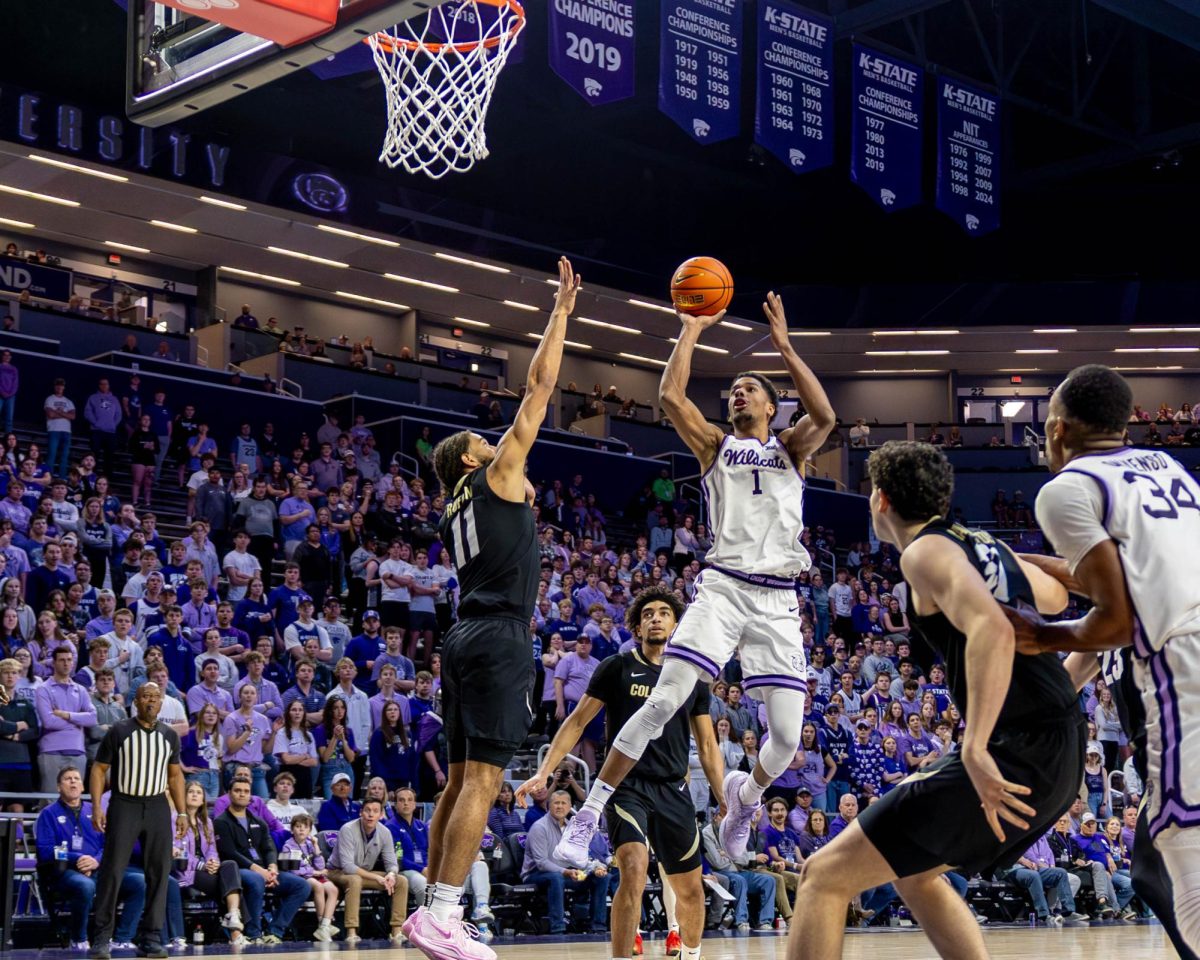Few programs in college football tell a story of transformation as dramatic and inspiring as the Kansas State Wildcats. From the dusty fields of early struggles to the bright lights of national recognition, the Wildcats’ journey reads like a tale of resilience forged through adversity. Each setback—every losing streak, every season of doubt—served as a lesson in perseverance, shaping a culture defined by grit, leadership, and the relentless pursuit of excellence. Over the decades, Kansas State has risen from the shadows of Big 12 obscurity to stake its claim as one of the most adaptable and tenacious programs in the nation, proving that determination and vision can rewrite even the most difficult histories. The Wildcats’ evolution is so striking that even casual sports fans, scanning live Vegas odds for the NFL, can sense the magnitude of effort and strategy required to turn a perennial underdog into a formidable competitor—an achievement that resonates far beyond the confines of Manhattan, Kansas.
Humble Beginnings
In 1896, Kansas State University began a football program with many other schools in the Midwest. Just like many fledgling programs at the beginning of the 20th century, the Wildcats came to the challenge of funding, facilities, and competition. In this early development, the program saw some success but also some long, frustrating losing streaks in a time of uncertainty about identities and futures.
The Wildcats competed in the Missouri Valley Intercollegiate Athletic Association (MVIAA), which was the precursor of the Big Eight Conference. Again, the association would pit Kansas State against some regional powerhouses like Nebraska, Oklahoma, and Missouri. It was difficult for the Wildcats to establish any sort of consistency in this phase of the program. Secured winnings seasons were few, and long stretches of futility were all too common.
Decades of Struggle
Kansas State’s football experience was epitomized by more losses than wins, and between the 1940s through the 1980s, they gained the label of one of the worst major college programs in college football. Being at a university with inferior facilities, making it very hard to recruit against other conference rivals, made the football experience historically tough for Kansas State.
The low point came in the 1980s when the Wildcats endured the long-lasting 27-game winless streak from 1986 to 1989. By then, the football program was the definition of losing, and some even questioned whether or not the Wildcats should even play football in a major conference.
However, during that period of struggle, the fan base remained loyal, and the administrators were looking for a coach to come into a very tough situation to succeed. All the pieces and foundation for a new coach to be successful were there, and everything turned in 1989.
The Bill Snyder Era: A Program Reborn
In 1989, Bill Snyder was named head coach at Kansas State. At that time, few knew anything about the program, and even fewer believed someone could actually turn the Wildcats around. Snyder, on the other hand, was able to see there was talent where others saw hopelessness. Snyder also noted he thought “the Kansas State job was the most difficult coaching job in America,” and wanted to build a culture of discipline, development, and belief.
Snyder’s impact was immediate. In 1993, Kansas State made it to its first bowl game in almost 50 years. The Wildcats continued to build on their national reputation in the mid to late 1990s as a result of explosive quarterbacks (Michael Bishop) and a defense that represented Snyder’s attention to detail.
Perhaps the pinnacle was in 1999; Kansas State was in the Big 12 Championship game and one win away from playing for the national championship. That season may have been enough to solidify Snyder as one of the best program builders in the history of college football.
The Wildcats were ranked in Division I all ten years from 1993 to 2003, ranked mostly in the Top 25, and were a feared opponent in the Big 12. In 2003, the Wildcats beat the mighty Oklahoma Sooners and won their first Big 12 Championship, which would perfectly cap Snyder and the Kansas State program.
Transition and Return
Snyder retired following the 2005 season after starting a transformation that is widely recognized now. His successor, Ron Prince, however, was unable to continue the success of the Wildcat. By 2009, Kansas State turned to the architect of their program, Snyder, a second time out of retirement, and he returned to calm the waters and get the Wildcats back to being competitive.
In Snyder’s second go, he led Kansas State to another Big 12 Championship in 2012 behind Heisman Trophy finalist Collin Klein. The previous season was a throwback to when Snyder first turned the program around in the late 1990s and proved Snyder still had the blueprint to be successful in the modern era of college football.
The Chris Klieman Era
When Snyder left Kansas State in 2018, the university wanted to have a new head coach who would sustain the current success. They hired Chris Kleiman, who developed a powerhouse program at the FCS level in North Dakota State. Few believed, nevertheless, that Kleiman could have similar success in the Big 12. However, it was apparent very quickly.
Kleiman’s focus was on player development, hard-nosed football, and recruiting the right players to come to Kansas State. It worked, and by 2022, Kansas State was back on top of the Big 12, defeating TCU for the conference championship. That championship made the statement that the program was making the transition of Snyder’s school to Kansas State, the school could be consistently good with a new head coach.
What’s next for the Wildcats?
As college football experiences seismic changes with conference realignment and the College Football Playoff expansion, Kansas State football is ready to adapt once again. For more than a century, Kansas State has shown resilience, and surely, it will continue to do so in the changing landscape of college football.
From their beginnings as a program with losing streaks to the Snyder-coached resurgence and now the Klieman era of competitiveness, Kansas State football has evolved and persevered. These days, the Wildcats are no longer just the laughable losing football team – they are no longer the underdogs – they are a respected name within the Big 12, and a team that has developed a tradition to defy odds.







